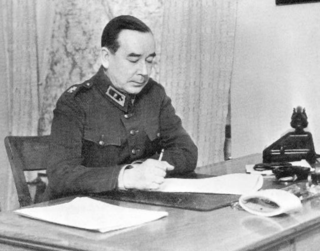 W
WJohan Woldemar Hägglund was a lieutenant general in the Finnish Army in the Second World War, and an early volunteer in the Finnish Jäger troops in the Finnish Civil War 1918.
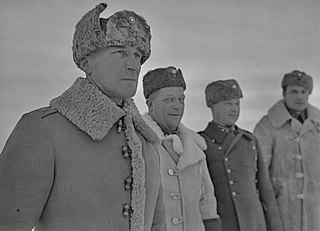 W
WHannu Esa Hannuksela was a Finnish Major General during World War II.
 W
WAxel Erik Heinrichs was a Finnish military general. He was Finland's Chief of the General Staff during the Interim Peace and Continuation War and commander-in-chief for a short time after the war (1944–1945).
 W
WJuho Henrik Heiskanen was a Finnish major general during World War II.
 W
WGunnar Emil von Hertzen was a Finnish Jaeger officer and the planner of the Aunus expedition (1919). He was a physician by profession and served as a physician during the Winter and Continuation Wars, becoming a lieutenant colonel in medical corps. He also took part in Nazi organisations in the 1930s and 1940s.
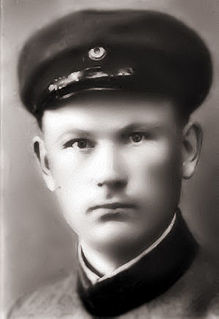 W
WAntti Isotalo was a Finnish Jäger lieutenant, military recruiter, farmer and activist. He served in the German Empire's battalion of Finnish volunteers on the Eastern Front of World War I and briefly in the Finnish Civil War (1918) on the Whites' side. He repeatedly evaded capture by authorities while recruiting men for the battalion in 1915 and 1916. After recovering from wounds sustained in the civil war, he recruited volunteers for the Estonian War of Independence and then joined the Aunus expedition as one of its commanders during Finland's "tribal wars" in 1919.
 W
WArvi Kalsta was a Finnish Jaeger captain, the founder of the nazi Finnish People's Organisation and a businessman. In the 1930s, the Finnish Nazis who belonged to his supporters were called “Kalstaites”.
 W
WKalervo Kurkiala was a Finnish soldier who later became a pastor. During World War I he served as a volunteer in the German light infantry, his first engagement being on the Misa River in Latvia on the eastern front in 1916. He was a battalion commander in the White Army during the Finnish Civil War, which broke out in 1918. After being ordained in 1919, for a while he was an army chaplain before assuming civilian duties as a pastor and teacher. For several years he served with the Seamen's mission in Australia. During World War II, in 1941 Kurkiala volunteered as chaplain to the Finnish volunteer brigade in the Waffen-SS. After the war, for many years he was a pastor in Sweden.
 W
WTaavetti Laatikainen was a Finnish military who fought in World War II.
 W
WErnst Ruben Lagus was a Finnish Major General.
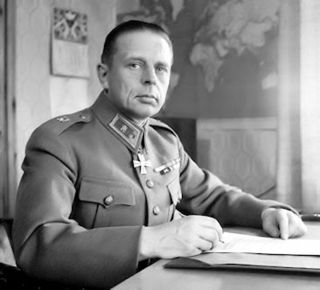 W
WArmas-Eino Martola was a Finnish general.
 W
WHeikki Nurmio (1887-1947) was a Finnish jäger and writer. He is remembered for writing the lyrics for "Jääkärien marssi" composed by Jean Sibelius in 1917.
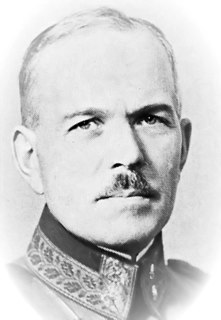 W
WKarl Lennart Oesch was one of Finland's leading generals during World War II. He held a string of high staff assignments and front commands, and at the end of the Continuation War fully two-thirds of the Finnish ground forces were under his command. Oesch earned a reputation of being able to deal with difficult situations, a trait that Mannerheim used fully.
 W
WHarald Öhquist was a Finnish Jäger and Lieutenant General during World War II.
 W
WHugo Viktor Österman was a Finnish lieutenant-general during World War II. He was commander of the Finnish Army 1933–1939.
 W
WMajor General Erkki Johannes Raappana was the commander of the 14th Division of the Finnish Army during the Second World War.
 W
WJuho Julius Saaristo was a Finnish track and field athlete. He won two medals at the 1912 Olympics: a silver in conventional javelin throw and a gold in the two-handed javelin throw, a one-time Olympic event in which the total was a sum of best throws with the right hand and with the left hand. He finished fourth in the javelin throw at the 1920 Olympics. Saaristo held the Finnish national title in the javelin in 1910, 1911 and 1919.
 W
WUnio Bernhard Sarlin was a Finnish sport shooter who competed in the 1924 Summer Olympics. He was also a member of the Jäger Movement and an important army officer.
 W
WHjalmar Fridolf Siilasvuo was a Finnish lieutenant general who led troops in the Winter War, Continuation War and Lapland War. He also saw action as a part of the Finnish volunteer "Jägerbattalion 27" fighting on the German side in World War I.
 W
WAntero Svensson was a Finnish major general.
 W
WPaavo Juho Talvela was a Finnish soldier and a Knight of the Mannerheim Cross. He volunteered in the Jäger Movement in Germany from 1916 until 1917. He was then a battalion commander in the Finnish Civil War. Afterwards Talvela was promoted to the rank of major, and was at the time the youngest major in Finland. In accordance with his nationalistic views, Talvela temporarily resigned from the Finnish Army to act as a leading figurehead for the Kinship Wars of the 1920s. He served as the Commander in Chief of the 1919 Aunus expedition.
 W
WLauri Taavetti Tiainen was a Finnish colonel during World War II.
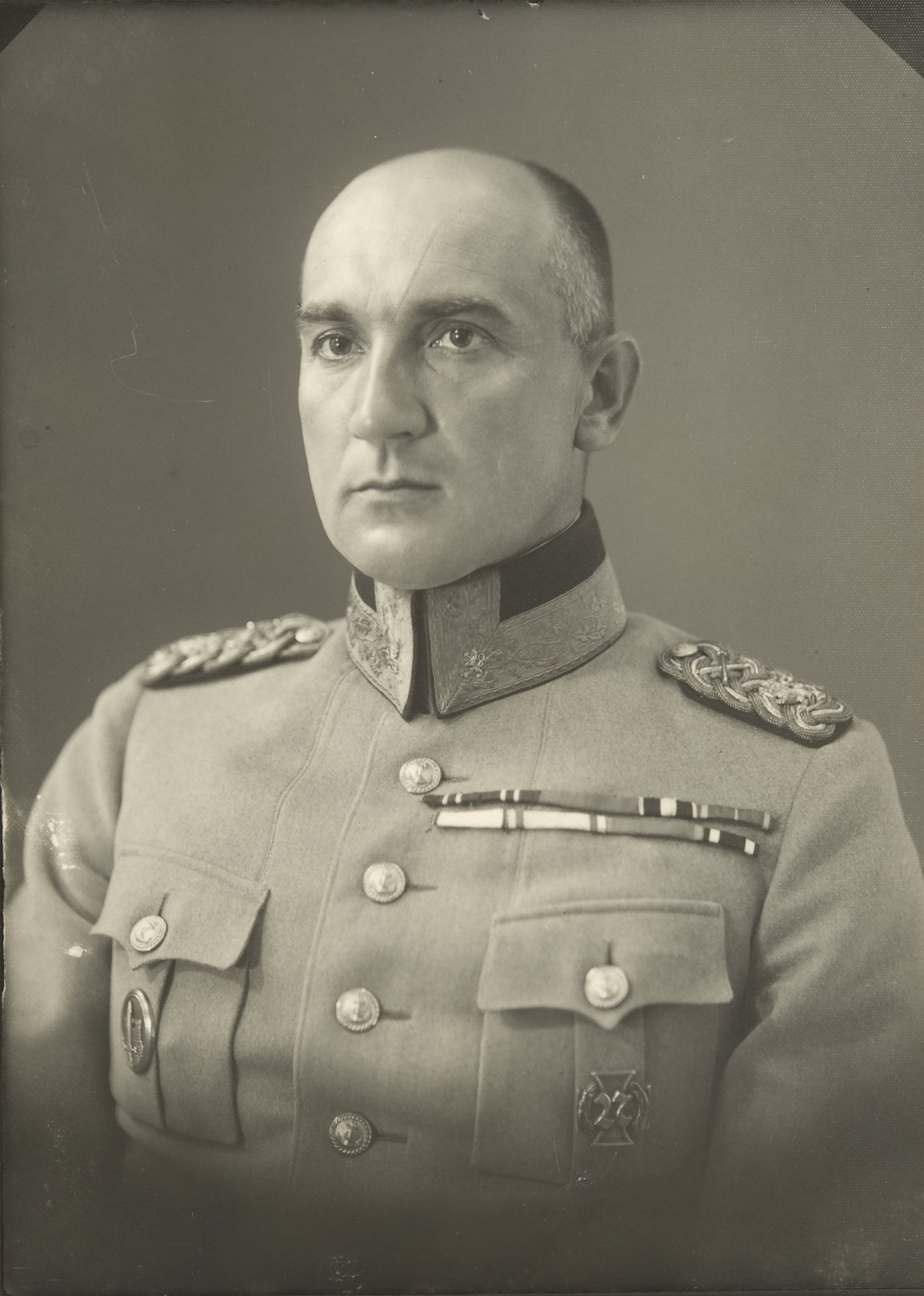 W
WVäinö Lahja Richard Valve was a Finnish general, navy commander and the last living member of the Royal Prussian Jägerbattalion 27 formed from Finnish volunteers.
 W
WEinar August Vihma was a Finnish major general. During the Battle of Tali-Ihantala he commanded the 6th Division. He was killed in action during the battle.
 W
WKurt Martti Wallenius was a Finnish Major General.